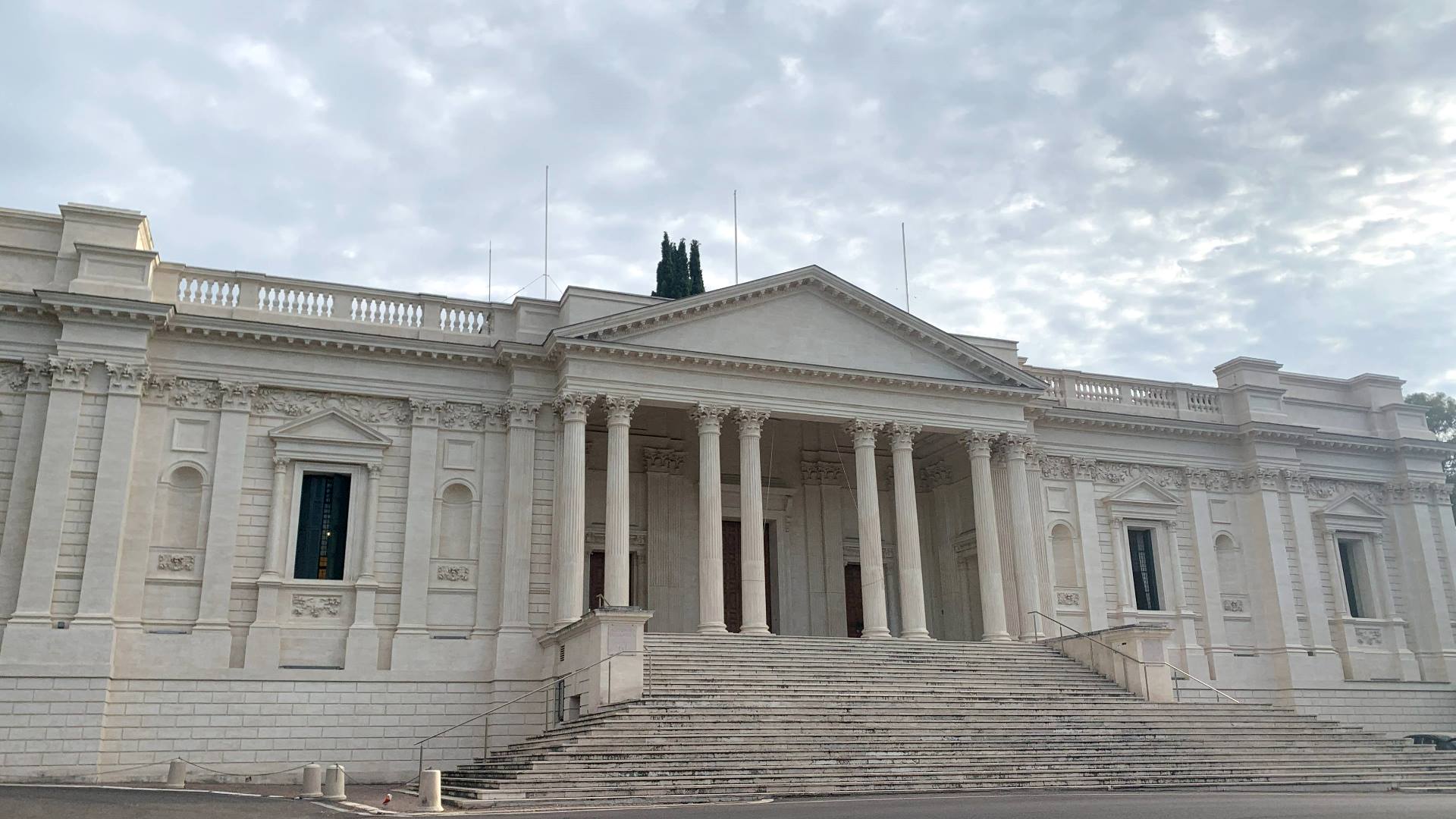
Founded in 1901, the British School at Rome established in 1911 in the British Pavilion designed by Edwin Lutyens for the 1911 International Art Exhibition in Rome, located next to the National Gallery of Modern and Contemporary Art and a stone's throw from the splendid Villa Borghese. At the end of this event, the space was permanently leased to the United Kingdom to be a research centre for archaeology, history and fine arts.
After obtaining its first Royal Charter in 1912, the academy moved, in 1916, into the current building of neoclassical inspiration, rebuilt to the English architect's project: a majestic stone structure with imposing Corinthian columns colonnade and the addition of three wings dedicated to a library, offices and artists' studios.
Inaugurated in April of the same year, the prestigious institute was also enriched with an exhibition hall and a courtyard, the new east wing designed by architect Harold Charlton Bradshaw, followed in the first half of the 1960s by the expansion of the library and the construction of an archaeological workroom and the more recent Lecture Theatre and gallery, designed by the brilliant Hugh Petter.
The high-value library keeps around 110,000 volumes of books and periodicals dedicated to Italian archaeology, Greek and Latin philology, ancient Roman history, Roman religion, law and philosophy, Italian topography, Roman epigraphy and numismatics, Italian art and architecture, Grand Tour, and rare books. The archive, connected with foreign British schools and institutes, preserves photographic collections and administrative and archaeological documents.
Since its foundation, the academy has been concerned with historical and archaeological studies, promoting intercultural and artistic exchanges and a creative academic environment for contemporary researchers and artists.
Photo Turismo Roma
Romanian Academy in Rome
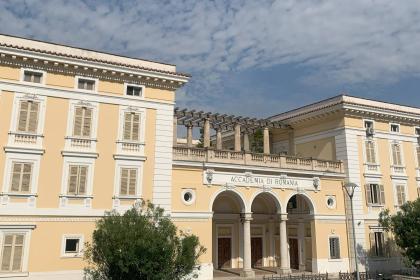
 Condividi
Condividi
Egyptian Academy
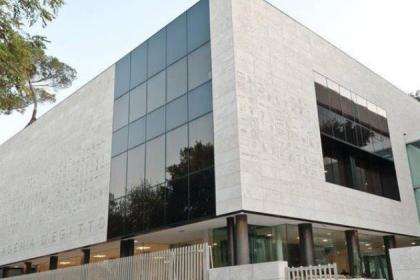
 Condividi
Condividi
Academia Belgica
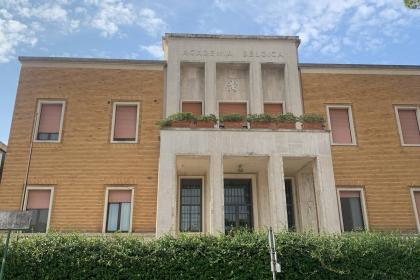
 Condividi
Condividi
The Danish Academy in Rome
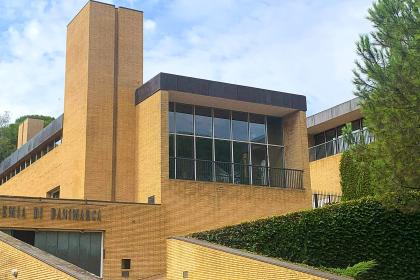
 Condividi
Condividi
Royal Netherlands Institute in Rome
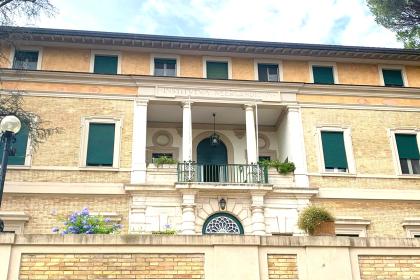
 Condividi
Condividi
Swedish Institute of Classical Studies
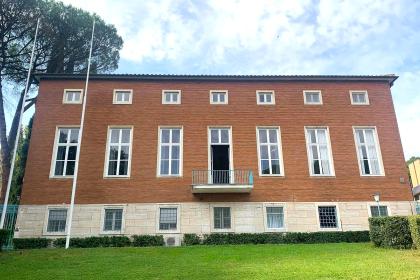
 Condividi
Condividi
Japanese Institute of Culture
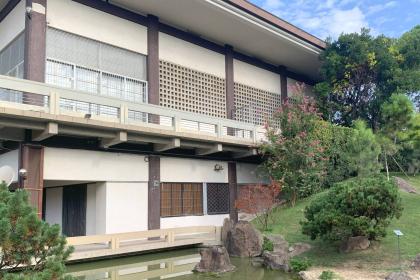
 Condividi
Condividi
Informaciones
For opening times and visiting condition, please check the contacts.
 Condividi
Condividi
Location
Para conocer todos los servicios de accesibilidad, visite la sección Roma accesible.











































